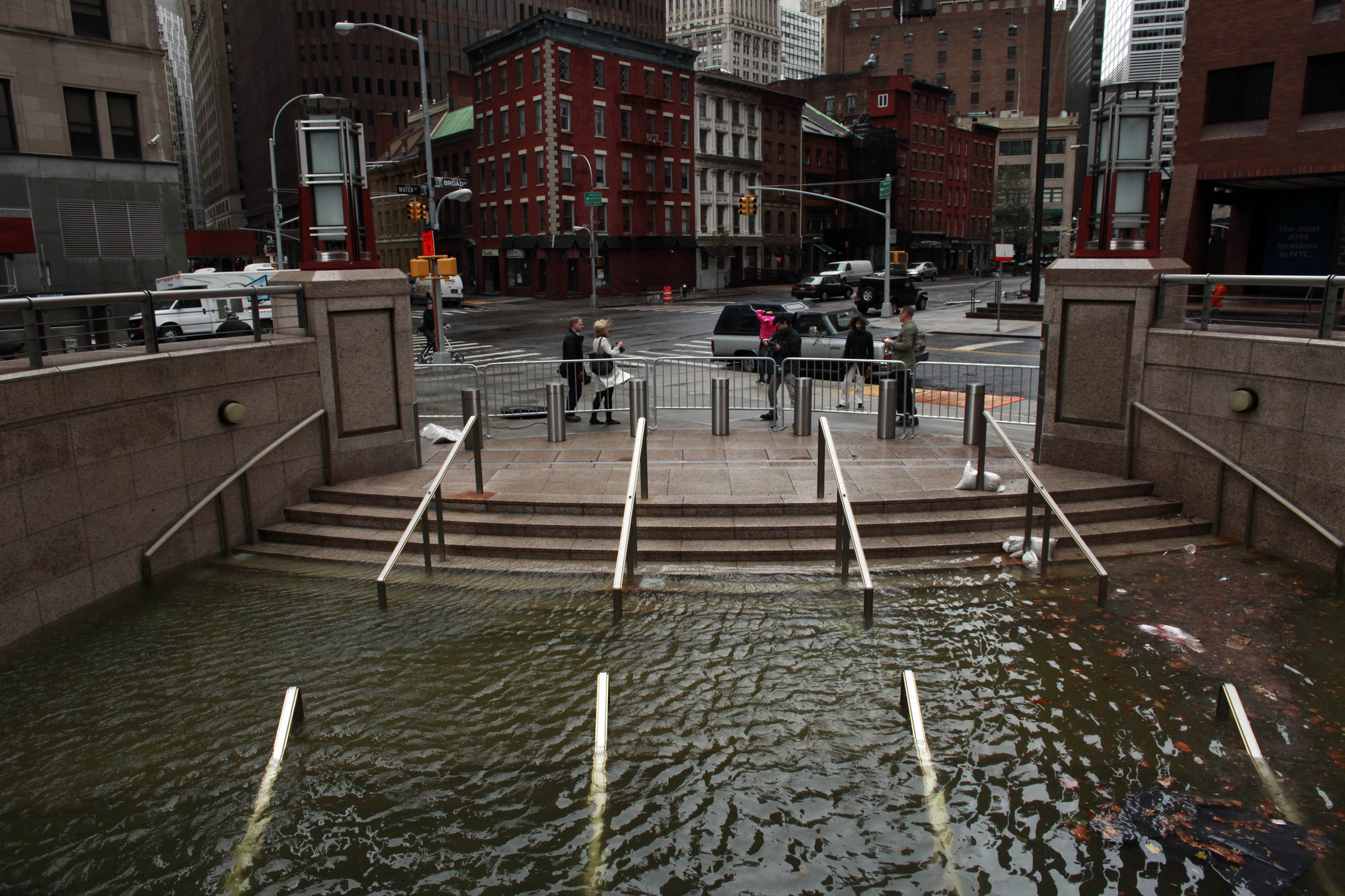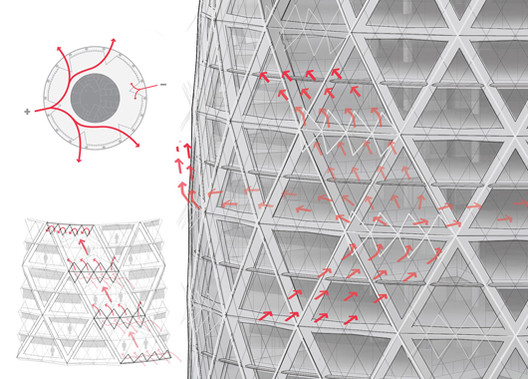
Although global warming may only be partially to blame for California’s now four-year, record-breaking drought – intensifying it by 15 to 20 percent, say scientists – the long term implications of the weather phenomenon are a preview of a drier future with less predictable weather patterns.[1] As ecology and architecture begin to share responsibility in the implications of climate change, future solutions will need to balance architectural needs with ecological imperatives. Many designers are accounting for water scarcity in schemes for the drought-stricken state, but only recently have ideas addressed this issue head-on. “Grassroots Cactivism,” an award-winning proposal by Ali Chen, suggests that the drought-tolerant nopales cactus, with a variety of uses, is an ideal candidate for aiding water-conservation in California.
Read on for more about this biological breakthrough in water conservation.






































